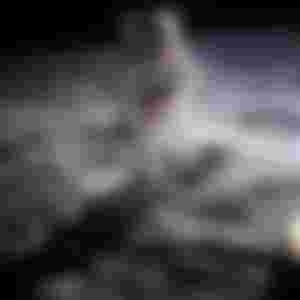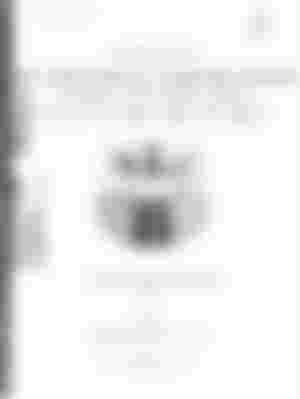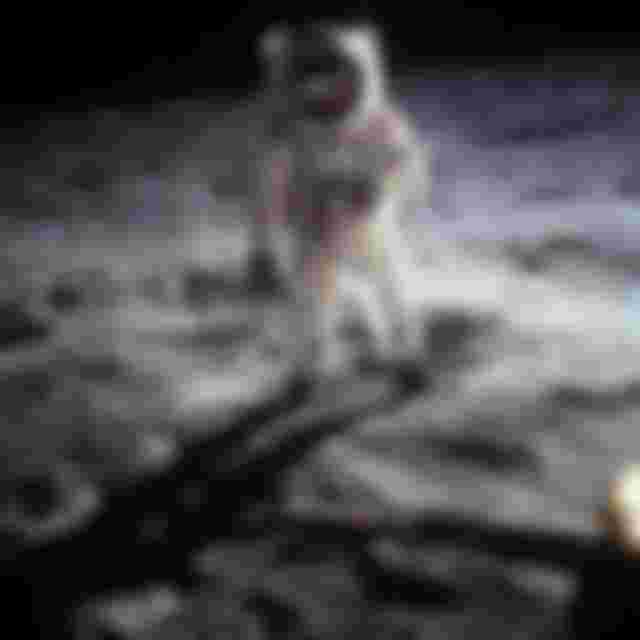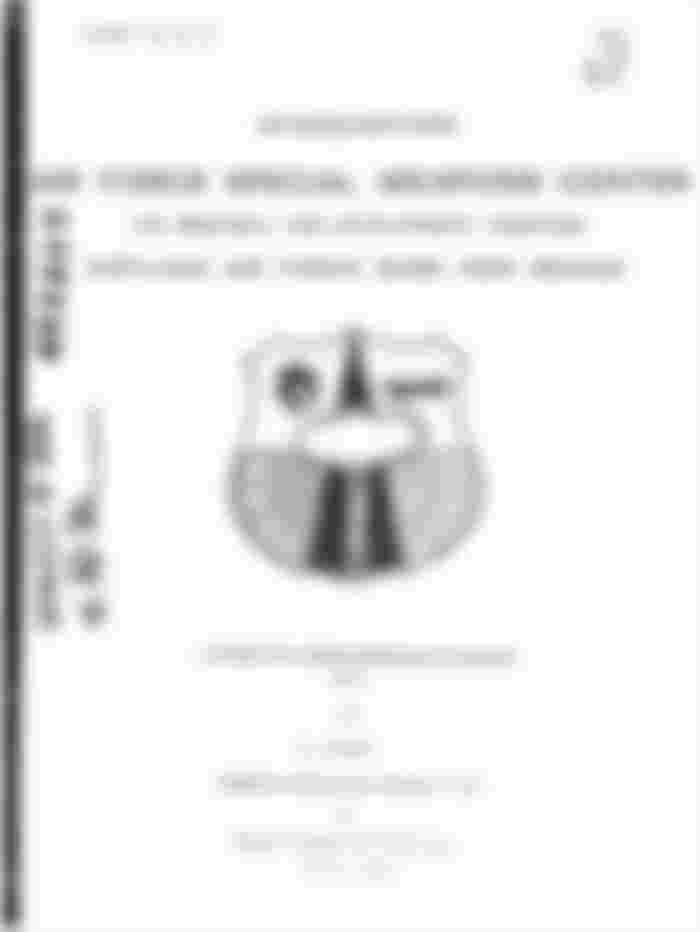
Project A119: When America wanted to blow up the moon with an atomic bomb
Many believe, people actually
Didn't go to the moon. The whole thing was an American drama, a movie scene shot by film director Stanley Kubrick, whose main purpose was to achieve a moral victory against the Soviet Union.
In reality, of course, it is merely a conspiracy theory. There is so much evidence to support the idea of going to the moon that no wise person would ever ask such a question. But what is not a conspiracy theory at all is that the plan to go to the moon started much later. Long before landing on the moon, the United States considered another shortcut to the Soviet Union. They wanted to cause a nuclear explosion on the moon. The top secret of the US Air Force project was called Project A119.

In the late 1950s, when the United States' Cold War with the Soviet Union culminated, the United States lagged far behind the Soviet Union in at least one case. That is space roaming. When the Soviet Union launched its first Sputnik satellite into space in October 1956, the sky fell on America. They decided that they too had to do something big to prove that they were not behind the Soviets.
Shortly afterwards, reports began to appear in the media that the Soviet Union was planning to detonate a hydrogen bomb on the moon on November 8 to celebrate the anniversary of the October Revolution. Shortly after the news broke, on November 3, the Soviet Union launched their second satellite, Sputnik-2, into space. Americans are desperately disappointed. It will take them some more time to launch their own satellites, but before that they are desperate to do something. And what could be a simpler project to show the whole world without a huge explosion on the moon?

The effects of a nuclear explosion on the Earth's atmosphere have been discussed from the very beginning. The Armor Research Foundation of the Illinois Institute of Technology in the United States has been conducting research on this subject since 1949. After the start of the space war with the Soviet Union, the organization was commissioned by the US Air Force in May 1956 to study the effects of an atomic bomb exploding on the moon.
The project was named Project A119. When the highly secretive project was leaked in 2000, its chief scientist admitted it was an attempt at a public relations stunt in the United States. Its main purpose was to test the possibility of a huge explosion on the moon, which could be seen with the naked eye from anywhere on Earth, and which would create a positive perception of America's military and scientific progress.
A team of ten members of the Armor Research Foundation began their research in the utmost secrecy. The subject of their research was a comparative discussion of how the atomic bomb blast on the moon could benefit scientifically, politically and militarily, and what the adverse effects would be on the lunar soil and the Earth's environment. The research team was led by a scientist named Leonard Raifel, who was later appointed deputy director of NASA's Apollo program. Also included was NASA's famous astronomer Gerard Keeper, who is said to be the father of modern astronomy.
Notable among the ten members of the research team was Carl Sagan, a renowned scientist, popular science writer and media personality. Even then, however, Carl Sagan did not become famous. He was then an unknown young scientist. His identity was originally as a student of the astronomer Gerard Keeper. In Project A119, his job was to determine mathematically how far dust clouds would spread around the moon after an explosion.

According to Leonard Reiffel, the project's chief scientist, the project was considering exploding on the dark surface of the moon. As a result, even if there was an explosion, the beauty of the moon seen from the earth would not change. They hoped that if a bomb with the same power as the one used in Hiroshima during World War II had exploded on the dark surface of the moon, the huge mushroom cloud that would have formed would have caught the eye of the world as it illuminated by sunlight. It was later calculated, however, that a bomb of just 1.6 kilotons would be enough to see the scene of the explosion from Earth, whereas the bomb of Hiroshima was 13-16 kilotons.
Reifel and his team published the results of their research entitled 'A Study of Lunar Research Flights'. Raifel claims they expressed concern about its harmful aspects. He did not elaborate on exactly how the atomic bomb was planned to be sent to the moon. But he claims that according to the technology of the time, it was not impossible. Intercontinental ballistic missiles could then explode within two miles of any place on the moon.
Project A119 was a secret for a long time. But when he went to compose a biography of Carl Sagan in 1999, he found out about the existence of biographer Kay Davidson. Carl Sagan died in 1997. While researching his biography after his death, Kay Davidson discovered that Sagan Miller cited his experience working on the project when applying for a highly prestigious graduate fellowship at the institute, although at the time there was a clear ban on disclosing any information on the subject.

Shortly after Sagan's biography was published, Raifel officially acknowledged the project in various media outlets. The US government later released some documents related to the project, including an excerpt from 'A Study of Lunar Research Flights'.
Needless to say, the project was not implemented in the end. In January 1959, the US Air Force canceled the project. Their main concern was that people would not take the incident of the explosion in the chest of the moon well. According to Professor Raifel, the threat of nuclear waste spreading around the moon was also a major factor, which could hamper future lunar missions or plans to establish colonies on the moon.
When Neil Armstrong set foot on the moon, he said it was a small step for a man, but a huge leap for mankind. If Project A119 had actually been implemented, he might not have had the opportunity to say this. Instead we might say, it was a small explosion for America, but a huge loss for the world.
Acknowledgments: roar bangla





great article